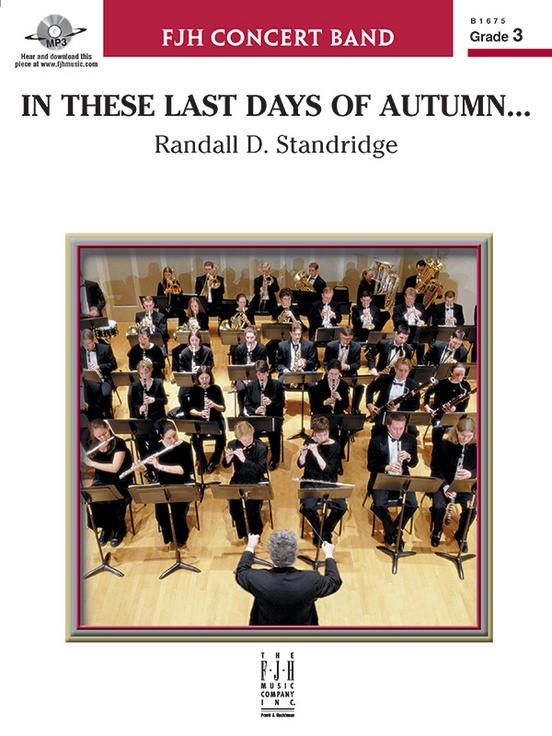Results
-
 £42.50
£42.50Last Kiss - Wayne Cochran
First recorded in the 60's, this classic nostaligia tune has remained popular through years, most recently recorded by the group Pearl Jam.
Estimated dispatch 7-14 working days
-
£59.30
The Lonely Shepherd - James Last
Estimated dispatch 7-14 working days
-
 £71.50
£71.50Entrance of the Gladiators - Fucik
This march masterpiece, famous for generations to "children of all ages" is at last available in this concert edition arranged by Andrew Glover. This delightful, entertaining, and familiar march will be a hit at any concert performance. An excellent choice also for contest and festival performances.
Estimated dispatch 7-14 working days
-
 £65.00
£65.00Entrance of the Gladiators (Concert Band - Score and Parts) - Fucik, Julius - Glover, Andrew
This march masterpiece, famous for generations to children of all ages is at last available in this concert edition arranged by Andrew Glover. This delightful, entertaining, and familiar march will be a hit at any concert performance. An excellent choice also for contest and festival performances.Duration: 3.00
Estimated dispatch 7-14 working days
-
 £57.50
£57.50Battle Hymn of the Republic (Concert Band - Score and Parts) - Higgins, John
At last...a creative, inspirational setting of this patriotic masterpiece arranged especially for the needs of developing bands. It's full of contrasts and effects that are normally found only in more difficult literature.
Estimated dispatch 7-14 working days
-
 £57.50
£57.50The Stars and Stripes Forever (Concert Band - Score and Parts) - Sousa, John Philip - Curnow, James
Here, at last, is a very playable verion of John Philip Sousa's best-known march which has been declared the National March by Congress. It's a great addition to any young band's library.
Estimated dispatch 7-14 working days
-
 £42.50
£42.50Last Kiss (Concert Band - Score and Parts) - Cochran, Wayne - Osterling, Eric
First recorded in the 60's, this classic nostaligia tune has remained popular through years, most recently recorded by the group Pearl Jam.
Estimated dispatch 7-14 working days
-
 £45.95
£45.95LAST FRIDAY NIGHT (T.G.I.F.) (Kate Perry) (Concert Band) - White, Jacob
The fresh, dance-pop feel of this catchy, toe-tapping tune is sure to be a hit with your concert ensemble!
Estimated dispatch 7-14 working days
-
 £49.95
£49.95LONELY SHEPHERD, The (Flute feature/Programme Concert Band) - Last, James - Mossford, Alan
Flute feature. Duration 3'40'
Estimated dispatch 7-14 working days
-
 £73.50
£73.50In These Last Day of Autumn... - Randall D Standridge
This emotionally charged piece was written in memory of an aspiring rock musician. At turns nostalgic and triumphant, this new work for concert band brings together elements of symphonic and pop music to create both a memorial for a young life lost as well as a portrait of the final days of Autumn, fading in their golden glory.
Estimated dispatch 3-5 working days
